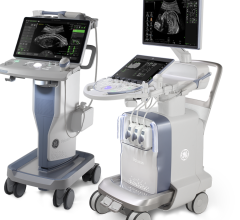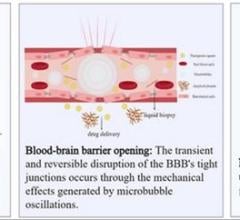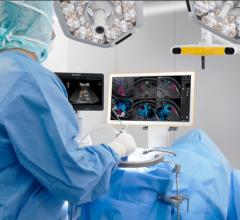
Researchers from North Carolina State University have developed a technique that allows ultrasound to penetrate bone or metal, using customized structures that offset the distortion usually caused by these so-called \"aberrating layers.\"
Researchers from North Carolina State University have developed a technique that allows ultrasound to penetrate bone or metal, using customized structures that offset the distortion usually caused by these so-called "aberrating layers."
"We've designed complementary metamaterials that will make it easier for medical professionals to use ultrasound for diagnostic or therapeutic applications, such as monitoring blood flow in the brain or to treat brain tumors," said Tarry Chen Shen, a Ph.D. student at NC State and lead author of a paper on the work. "This has been difficult in the past because the skull distorts the ultrasound's acoustic field."
"These metamaterials could also be used in industrial settings," said Yun Jing, Ph.D., an assistant professor of mechanical and aerospace engineering at NC State and senior author of the paper. "For example, it would allow you to use ultrasound to detect cracks in airplane wings under the wing's metal 'skin.'"
Ultrasound imaging works by emitting high frequency acoustic waves. When those waves bounce off an object, they return to the ultrasound equipment, which translates the waves into an image. But some materials, such as bone or metal, have physical characteristics that block or distort ultrasound's acoustic waves. These materials are called aberrating layers. The researchers addressed this problem by designing customized metamaterial structures that take into account the acoustic properties of the aberrating layer and offsetting them. The metamaterial structure uses a series of membranes and small tubes to achieve the desired acoustic characteristics.
The researchers tested the technique using computer simulations and are in the process of developing and testing a physical prototype.
In simulations, only 28 percent of ultrasound wave energy makes it past an aberrating layer of bone when the metamaterial structure is not in place. But with the metamaterial structure, the simulation shows that 88 percent of ultrasound wave energy passes through the aberrating layer. "In effect, it's as if the aberrating layer isn't even there," Jing said.


 July 19, 2024
July 19, 2024 








